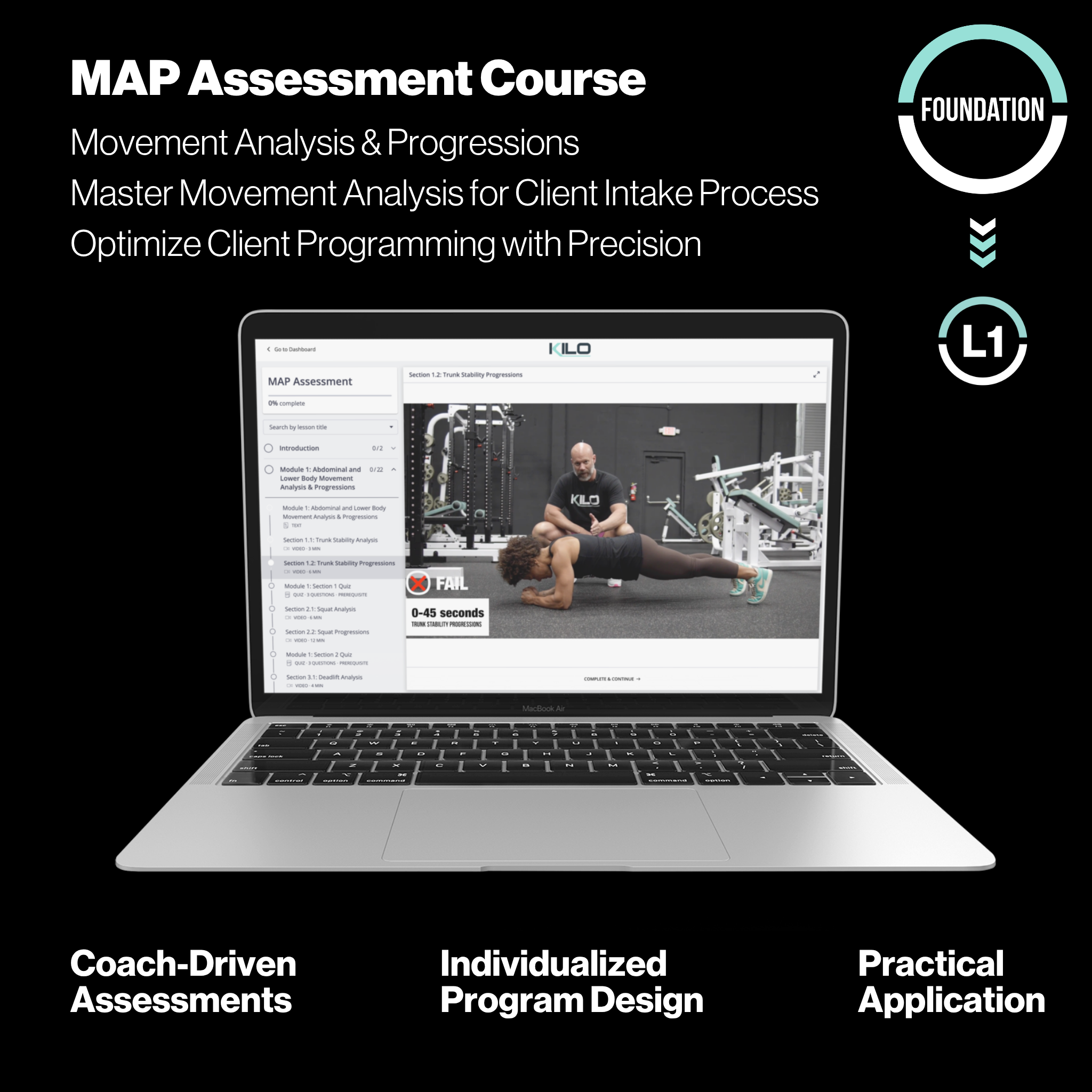At KILO, we believe elite results come from structured, intelligent training. To get stronger, you don’t just train harder, you train smarter. A key part of that process is how we structure load across time within mesocycles.
A mesocycle at KILO lasts 3 weeks. A 12-week macrocycle consists of four mesocycles, divided into two blocks: Block 1 (weeks 1-6) and Block 2 (weeks 7-12). The way we organize load across these mesocycles shapes how well athletes adapt, recover, and ultimately perform.
This is where mesocycle loading comes in. It’s how we manipulate volume and intensity across the three weeks of each mesocycle to match an athlete's training phase and readiness. Whether we’re chasing hypertrophy, reinforcing work capacity, or peaking strength, how we load matters.
Let’s walk through four loading strategies we use at KILO and how they fit into a full 12-week macrocycle.
1. Ascending Loading
Overview: Volume increases progressively week to week.
Example:
-
Week 1: 3 sets x 10 reps
-
Week 2: 4 sets x 10 reps
-
Week 3: 5 sets x 10 reps
Why we use it: Ascending loading is perfect for building a base. It gradually reintroduces training stress, helping lifters build momentum. We use it in mesocycles where the priority is to accumulate volume without overwhelming the trainee.
Ideal for: Starting a macrocycle, returning from layoffs, or ramping into a high-volume phase.
2. Step Loading
Overview: Load ramps up in Weeks 1 and 2, then drops in Week 3 to allow for recovery.
Example:
-
Week 1: 4 sets x 10 reps
-
Week 2: 5 sets x 10 reps
-
Week 3: 3 sets x 10 reps
Why we use it: This method allows us to flirt with overreaching and then back off before fatigue becomes counterproductive. It's essential for strength development phases where we want to push performance but avoid burnout.
Ideal for: Intermediate and advanced athletes in intensification phases.
Inside the System: Straight to Your Inbox
Get notified when new blog posts drop. Smart strength education, no fluff.
3. Constant Loading
Overview: Same volume across all three weeks.
Example:
-
Week 1: 4 sets x 10 reps
-
Week 2: 4 sets x 10 reps
-
Week 3: 4 sets x 10 reps
Why we use it: This gives us consistency. It reinforces skill, maintains work capacity, and allows us to monitor an athlete's recovery and execution. We use it to reinforce adaptations, especially after a phase of heavier loading.
Ideal for: Work capacity phases or technical reinforcement.
4. Descending Loading
Overview: Highest load in Week 1, tapered down across the mesocycle.
Example:
-
Week 1: 5 sets x 10 reps
-
Week 2: 4 sets x 10 reps
-
Week 3: 3 sets x 10 reps
Why we use it: Descending loading is designed to help athletes express strength. It allows fatigue to drop while maintaining high intensity. It's our go-to for peaking a lifter at the end of a macrocycle.
Ideal for: Final mesocycles before testing or performance weeks.
Putting It All Together: Smart Application in KILO Program Design
At KILO, program design isn't just sets and reps. It's a system. Here is an example using phase undulating periodization across a 12-week macrocycle:
Block 1 (Weeks 1-6): Foundation and Intensification
-
Mesocycle 1 (Weeks 1-3): Ascending Loading
We kick off the macrocycle with ascending loading to build a high-volume base. This supports tissue tolerance, improves movement proficiency, and reintroduces load without excessive fatigue. -
Mesocycle 2 (Weeks 4-6): Step Loading
Once volume tolerance is in place, we push strength harder. Step loading allows us to drive intensity, accumulate fatigue briefly, and then recover within the mesocycle.
Block 2 (Weeks 7-12): Consolidation and Performance
-
Mesocycle 3 (Weeks 7-9): Constant Loading
After the stress of step loading, constant loading gives us a chance to reinforce work capacity. We maintain quality and stabilize adaptations without major week-to-week changes. -
Mesocycle 4 (Weeks 10-12): Descending Loading
The final push. We taper fatigue while keeping intensity elevated, setting the stage to optimize strength performance. This mesocycle positions the athlete for maximal output.
Final Thoughts
Mesocycle loading isn’t just a programming detail, it’s a strategic tool to guide adaptation. At KILO, we use it intentionally based on the phase, goal, and readiness of the athlete. Whether building base volume, intensifying strength, or peaking output, each mesocycle is carefully designed for results.
Train smart. Load with purpose. That’s the KILO way.








Share:
Choosing the Right Split: A Strategic Guide to Fat Loss, Hypertrophy, and Strength Training
1 comment
May I suggest changing the jingle of your podcast?! It should change from the plate dropping/getting put on to the sound of coins being poured into a bucket, because of the amount of gold you are dropping in each episode… And now the same here on the blog!